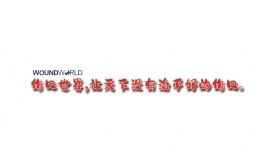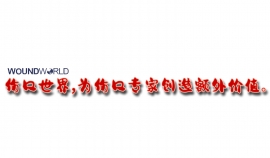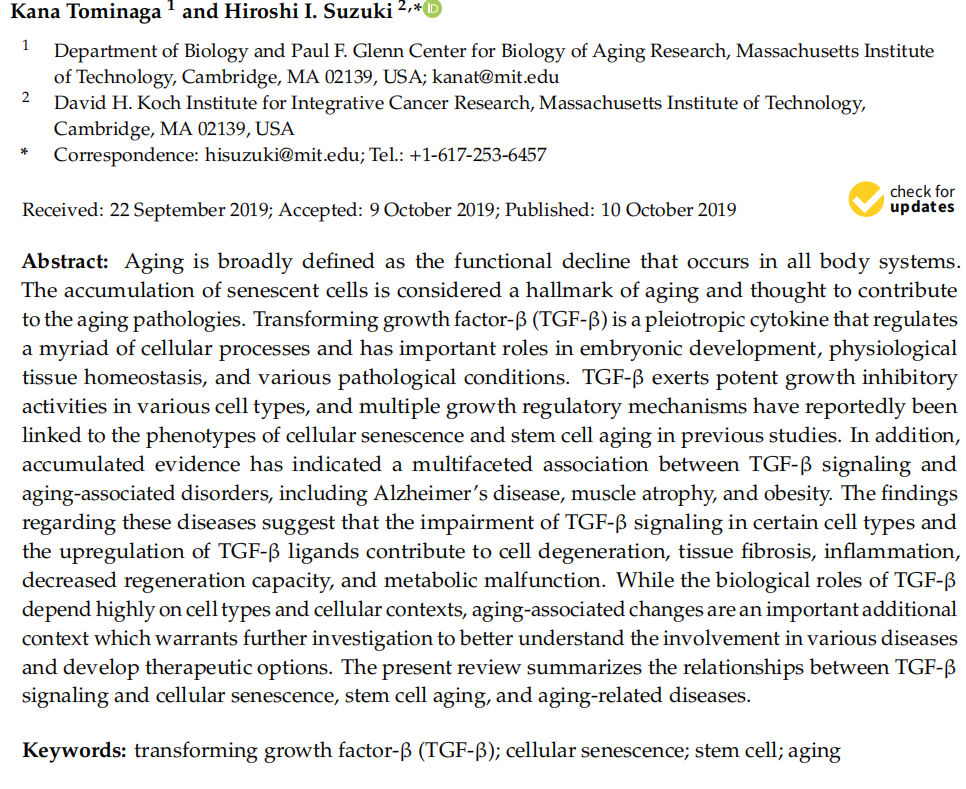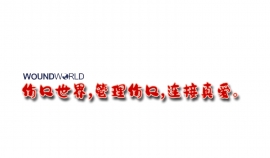文献精选
Experts consensus on the application of medical radiofrequency incosmetic dermatology and treatment
中华医学会皮肤性病学分会皮肤激光医疗美容学组
中华医学会皮肤激光技术应用研究中心
中国医师协会美容与整形医师分会激光学组
中华医学会医学美学与美容学分会激光美容学组、皮肤美容学组
【关键词] 射频,医用;皮肤美容治疗;共识
[中图分类号] R454.1 R751.05 [文献标识码]A [文章编号] 1674-1293(2021)04-0193-05
Arthur Swift, MD; Steven Liew, MD; Susan Weinkle, MD; Julie K. Garcia, PhD; and Michael B. Silberberg, MD, MBA
Dr Swift is director at the Westmount Institute of Plastic Surgery in Montréal, QC, Canada. Dr Liew is a specialist plastic surgeon and medical director at the Shape Clinic in Darlinghurst, NSW, Australia. Dr Weinkle is an affiliate clinical professor of Dermatology at the University of South Florida, Tampa, FL, USA. Dr Garcia is manager of Health Economics Outcomes Research at Allergan plc, an AbbVie Company, Irvine, CA, USA. Dr Silberberg is executive medical director at Allergan Ltd, an AbbVie Company, Parkway, Marlow Buckinghamshire, United Kingdom.
Aesthetic Surgery Journal
2021, Vol 41(10) 1107–1119
© 2020 The Aesthetic Society.
This is an Open Access article distributed under the terms of the Creative Commons Attribution-NonCommercial License (http://creativecommons.org/ licenses/by-nc/4.0/), which permits non-commercial re-use, distribution, and reproduction in any medium, providedthe original work is properly cited. For commercial re-use, please contact 该Email地址已收到反垃圾邮件插件保护。要显示它您需要在浏览器中启用JavaScript。
DOI: 10.1093/asj/sjaa339
www.aestheticsurgeryjournal.com
Corresponding Author:
Dr Arthur Swift, Westmount Institute of Plastic Surgery, 4141 Sherbrooke Street West, Suite 420, Montreal, Canada H3Z 1B7.
E-mail: 该Email地址已收到反垃圾邮件插件保护。要显示它您需要在浏览器中启用JavaScript。
冉维志,高崧瀛
黑龙江省医院整形颌面外科(哈尔滨 150030)
冉维志:主任医师,二级教授岗位,黑龙江省医院整形颌面外科前主任。黑龙江省整形外科领军人才梯队学科带头人,曾在日本新泻大学研修。任中国康复医学会修复重建外科专业委员会常委、美容学组组长,黑龙江省康复医学会修复重建外科学会主任委员,任《中华整形外科杂志》等编委。近年来完成课题近 10 项,并获奖。发表国家级论文 30 余篇。专业方向:面部年轻化。
【摘要】 面部老化由皮肤、其深方软组织(包括脂肪、肌肉、筋膜韧带等)及骨骼等因素导致。在皮肤方面主要表现为皱纹加深,皮肤干燥、粗糙、颜色加深等;深方软组织表现为容积丢失和重力所致松垂;骨骼方面主要表现为骨质的选择性吸收。目前,对抗不同原因所致的面部老化,应采取针对原因的综合治疗方法,如手术、埋线提升(线雕)、自体脂肪移植、透明质酸、肉毒素注射及光-电技术等。
【关键词】 面部老化;面部年轻化;治疗进展
Advances in treatment of facial rejuvenation in the past ten years
RAN Weizhi, GAO Songying
Department of Plastic Surgery, Heilongjiang Provincial Hospital, Harbin Heilongjiang, 150030, P.R.China Corresponding author: RAN Weizhi, Email: 该Email地址已收到反垃圾邮件插件保护。要显示它您需要在浏览器中启用JavaScript。
【Abstract】 Facial aging is caused by several aspects involving skin, its deep soft tissue (fat, muscles, fascia ligaments, etc), and bones. The skin presents deepen wrinkles, darker, drying, and roughness. Volume loss and sag caused by gravity can be seen in deep soft tissue. And selective absorption can be seen in bones. At present, to combat facial aging caused by different causes, we have adopted comprehensive treatment methods such as facial rhytidectomy, embedded wire ascension, autogenous fat graft, hyaluronic acid or botulinum toxin injection, and optoelectronic techniques, etc.
【Key words】 Facial aging; facial rejuvenation; treatment progress





